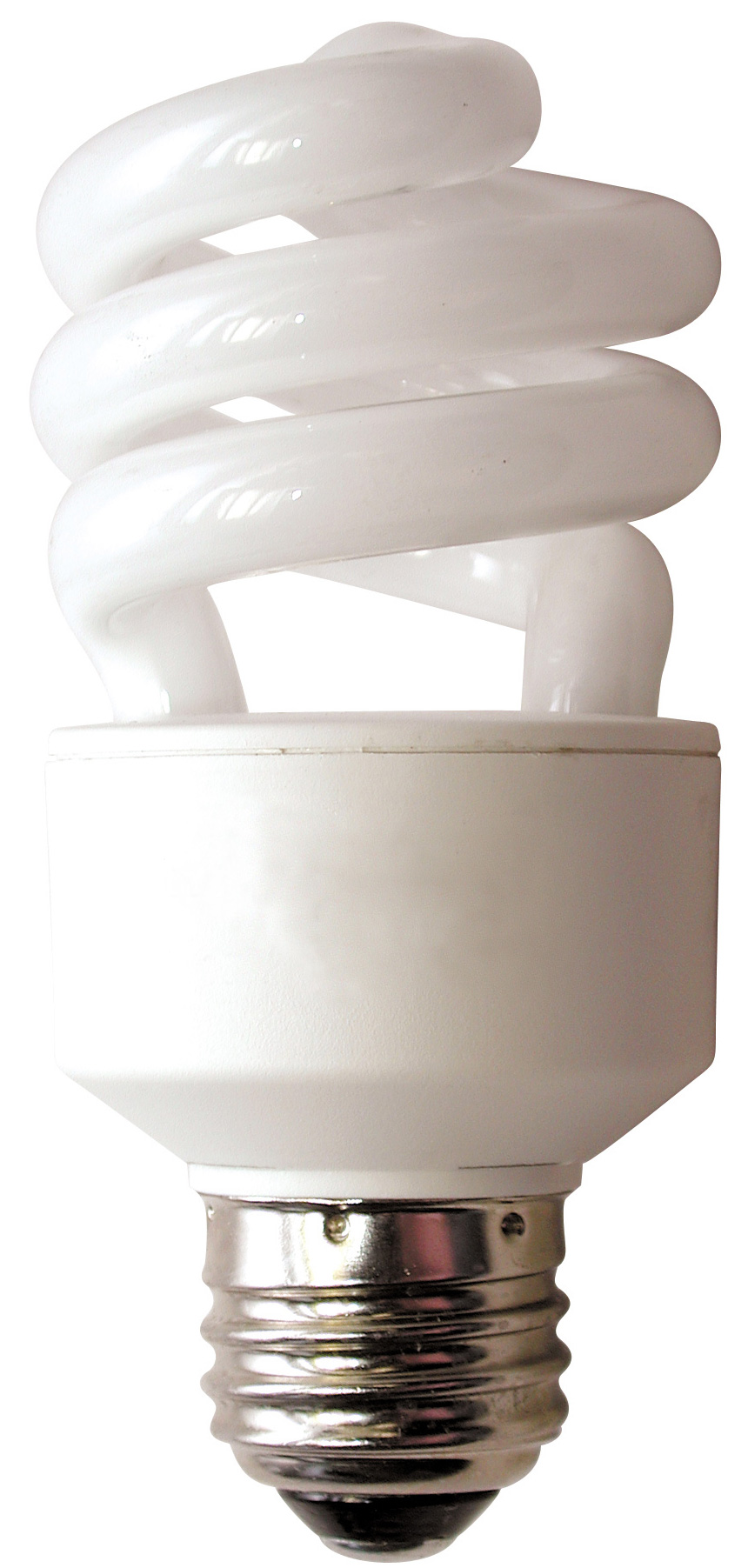In Part 1 of this series, we looked at what environmental eating is, and why it’s important. Hopefully we’ve convinced you to at least consider the environmental impact of your food choices.
Let’s say you’re now interested in improving the situation. Does this mean you have to live in a treehouse and eat twine? Not at all (unless you want to, of course – no doubt it’ll give you some functional exercise and plenty of fibre).
When leading a lifestyle to benefit the environment, you have to pick your battles. The good thing is that many of these environmentally friendly tips also help you save money. Everyone wins! Here are some popular strategies for conserving resources. Choose whichever you feel moved to implement.
Keep in mind that we’re not trying to start a “global warming” debate here or provide “resource guilt.” Rather, we’re simply discussing the actual impact of our choices. The assumptions you make, conclusions you draw, and habits you choose are 100% up to you.
Conserving resources
Kitchen appliances
Choose energy efficient appliances when making new purchases. Using Energy Star rated kitchen equipment can reduce energy consumption by 25 to 60%. Other solutions: minimize preheating times, make sure you’re using the right sized cookware for the burners and use lids. Don’t run the dishwasher until it’s full, and use the energy-saving setting. And consider a manual can opener – it’ll help you work on your grip strength.
Kitchen water
Install flow restrictors on kitchen sink faucets and don’t let faucets run during food preparation. Defrost frozen food in the refrigerator instead of under running water. Starchy foods such as rice and pasta in the garbage disposal will require more water to flush them through the system (but if you’re following the PN system, you probably won’t be eating epic amounts of these anyway!).
Use less hot water
It takes a lot of energy to heat water. You can use less hot water by installing a low flow showerhead and washing your clothes in cold or warm water instead of hot. And there’s nothing like a cold shower after a workout to aid in recovery!
Turn off electronic devices you’re not using
Simply turning off your television, DVD player, stereo, and computer when you’re not using them will conserve energy.
Be sure you’re recycling at home
Some people still don’t recycle? Welcome to 2008. Earth 911 can help you find recycling resources in your area.
Buy recycled paper products
It takes less 70 to 90% less energy to make recycled paper and it prevents the loss of forests worldwide.

Plant a tree
Looking for some active recovery options on the weekend? Why not plant a few saplings? A single tree will absorb one ton of carbon dioxide over its lifetime. Shade provided by trees can also reduce your air conditioning bill by 10 to 15%. The Arbor Day Foundation has information on planting and provides trees you can plant with membership.
Buy locally grown and produced foods
The average meal in the United States travels more than 1,200 miles from the farm to your plate. Buying locally will save fuel and keep money in your community. Also, keep an eye out for imported foods – reduce your reliance on them if possible.
Become familiar with regional agriculture and what is available seasonally, then explore venues where locally grown foods are sold to the public. Local foods reduce the amount of energy required to grow and transport the food to you by one fifth. You can find a farmer’s market in your area at the USDA website.
Buy fresh foods instead of frozen
Frozen food uses 10 times more energy to produce. This is a great time to work on kicking that ice cream addiction.
Buy organic foods as much as possible
Organic soils capture and store carbon dioxide at much higher levels than soils from conventional farms. If we grew all of our corn and soybeans organically, we’d remove 580 billion pounds of carbon dioxide from the atmosphere! Better for you. Better for earth. Everybody wins.
Avoid heavily packaged products
The good news is that most healthy foods don’t come in heavy packaging.
Eat less meat
Prioritizing plant proteins in the diet can conserve soil, water, and energy. If you eat meat and other animal proteins, choose local, organic, and free-range whenever possible. If each American reduced their meat consumption by just 5%, roughly equivalent to eating one less dish of meat per week, 7.5 million tons of grain would be saved, enough to feed 25 million people – roughly the number estimated to go hungry in the U.S. each day.
Reduce the number of miles you drive by walking, biking, carpooling or taking mass transit wherever possible
Or you could push your car to the store. That way you get a workout and cut down on emissions. Try walking or biking to the gym. This will serve as your warm-up and/or cool-down.
Start a carpool with your coworkers or classmates, or with workout partners
Sharing a ride with someone can conserve fossil fuels.
Use your shirt
When you are at the gym and you wash your hands, forego the paper towel and dry your hands with your shirt or shorts. They are going to be sweaty and grimy either way.
Replace a regular incandescent light bulb with a compact fluorescent light bulb (CFL)
CFLs use 60% less energy than a regular bulb. If every family in the U.S. made the switch, we’d reduce carbon dioxide by more than 90 billion pounds. You can purchase CFLs online from the Energy Federation.

Move your thermostat down 2° in winter and up 2° in summer
Letting the body adjust to the surrounding temperature is great for metabolism. Almost half of the energy we use in our homes goes to heating and cooling. The American Council for an Energy Efficient Economy has more tips for saving energy on heating and cooling.
Shop for supplements and books online
Shipping a 10-pound package by overnight air – the most energy intensive delivery mode – uses 40 percent less fuel than the average round-trip drive to the mall.
Compost food scraps
You know all those broccoli stalks, banana peels and citrus rinds? Start a compost bin.
Choose fuel efficient vehicles
Hybrid vehicles and those with better gas mileage can help somewhat.
Choose earth-friendly cleaning and pest-control products
This includes detergents, soaps, cleaners, etc. Garden pests can usually be controlled with organic methods, sometimes even more effectively than with chemicals. Cutting down on environmental chemicals is better for your overall health anyway.
Turn off water when not in use
Ever notice the guy next to you in the locker room who leaves the water running for 8 minutes while he shaves? Not cool.
Reuse containers/grocery bags
Using cloth grocery bags makes you bad-ass. Seriously.
Drink filtered tap water instead of bottled water
Put a filter on your tap or buy a big filtering pitcher for the fridge.
In the end, our personal food and lifestyle choices can impact our environment both indirectly and directly. Our choices directly impact the environment in terms of the resources we personally use. However, indirectly, they create demand – a demand that industry will be forced to keep up with. And it’s the industrial changes, changes that we drive, that will make the biggest impact.
Learn more
Want to get in the best shape of your life, and stay that way for good? Check out the following 5-day body transformation courses.
The best part? They're totally free.
To check out the free courses, just click one of the links below.



Share